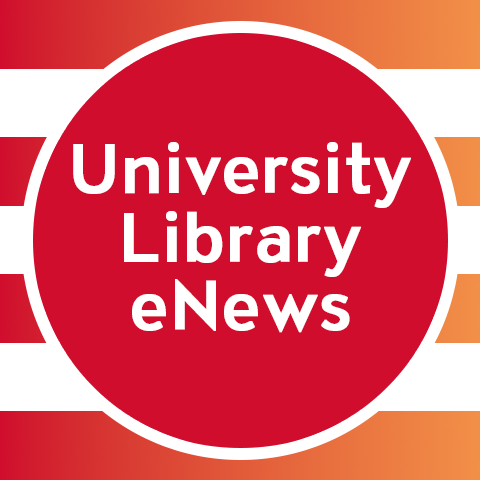Newsletter Edition: Spring 2022
Contributed by Marta Valier and Tarry Kang

Tell us about yourself.
I was born in Turin, Italy and moved around growing up. I attended the University of Milan and majored in Modern History. My work experience started in Florence at the historical photographic archive of Fratelli Alinari. I transitioned to journalism becoming the photo editor at Cosmopolitan’s Milan office.
I quickly learned that photographs in a newsroom are treated as decorative objects and I didn’t like it. Writers would ask for a photo to go with their story, but why couldn’t I ask for a writer for a story to go with a photo?
I was living in Los Angeles in 2008 when I had two kids and became a full-time mom. Years later, I would be encouraged to return to work when I learned about the Tom & Ethel Bradley Center at CSUN.
How did you come to work at CSUN’s Tom & Ethel Bradley Center?
I met Dr. José Luis Benavides, a journalism professor at CSUN and the director of the Bradley Center. It was 2016, and immigration was a trending topic in newspapers but very few journalists knew what they were talking about. Dr. Benavides was not one of them. I was very happy to finally hear someone offering context and not just running after the latest breaking news. This is when my relationship with the Center began.
I started volunteering at the Center, transcribing interviews. I met Keith Rice, a Black history scholar who was working on a project about the Black Panthers in Los Angeles. I was immediately drawn to the Center by the quality of the knowledge it produces and shares with the public. I completed my masters in 2017 and became a full-time employee of the Center.
I first worked on the Richard Cross Collection. Cross was a photographer who worked in Guatemala, El Salvador, and Nicaragua to document conflicts in the 1980s. The more I learned, the more the images had meaning. I co-curated the Richard Cross exhibition at the Museum of Social Justice in DTLA and wrote my thesis about the collection. Richard Chambers, a CSUN faculty member, was pivotal in my success as a CSUN student.
What does your work at the Center involve?
Currently I’m researching the photographs of the Farmworker Movement Collection, taken by Emmon Clarke and John Kouns in the 1960s and 1970s. Thanks to an NEH grant, the Bradley Center is digitizing the photographs and making them available to the public.
I’m a regular contributor of the Center’s newsletter, Liberated, and producer for the Center’s podcast, Emancipated. I started producing and hosting the bi-weekly podcast titled Emancipated: Voices and Images from the Archives as an outlet for our audio archives and a voice for the events we hosted. We have interviewed such luminaries as Giovanni Batz and Joseph Silva. The podcast allowed me to gain skills, learn more about the center, and stay in touch with the diverse community of people interested in the Bradley Center’s work.
How did you come up with the idea of the graphic novel project?
These experiences prompted me to develop a graphic novel based on a work of photojournalism. I decided to adapt the 1979 book Ma ngombe: Guerreros y ganaderos en Palenque by Nina S. de Friedemann and Richard Cross. The book documents the first Palenque—a community of free Black slaves—in Colombia. The book includes 260 photographs by Cross, which have been digitized and archived at the Bradley Center. Cross’s pictures and Friedemann’s words describe the social and organizational life of the community of the Palenque brilliantly. Illustrator Sara Scalia teamed up with me to create the graphic novel project... Ma Ngombe, the Warriors of San Basilio de Palenque. We were happy to see how the graphic novel format told the compelling story of a community of enslaved people that resisted and fought to be free.
What do you hope to accomplish by the project?
With the graphic novel, we want to pay tribute to the community of San Basilio de Palenque and tell a story of resistance. We also want to raise awareness in the CSUN community, and beyond, about the vitality of the Bradley Center’s archived material. We wish to motivate students and the broader community to use the archives. As art curator and author Ariella Azoulay said, “The archived documents are not . . . items of a complete past, but rather an active element of the present.” An archive is not just a site of knowledge retrieval but also of knowledge production. The graphic novel is a new way for us to explore the Center's archive, and an invitation to the public to make use of it.
